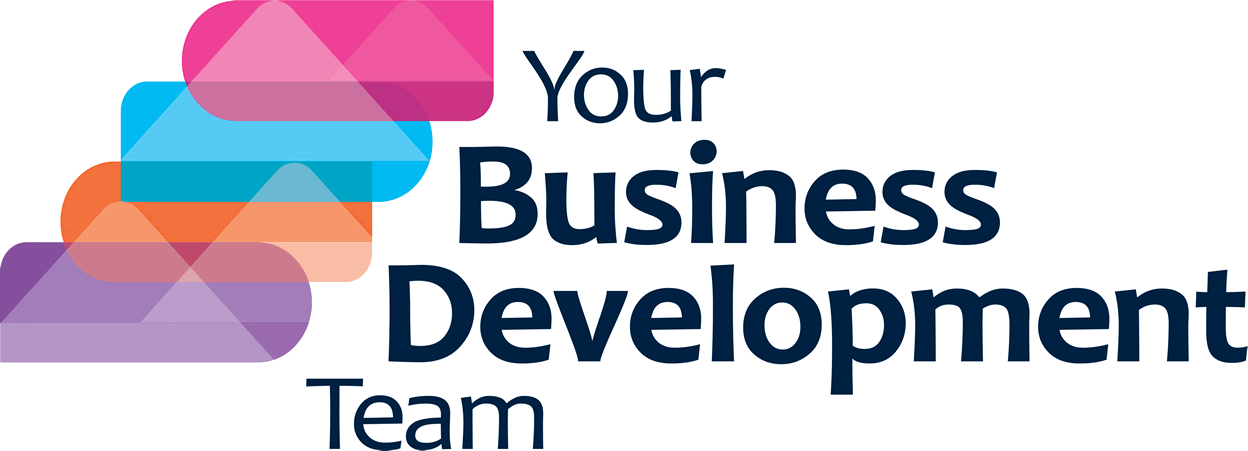I recently came across a great quote from the author Samuel Johnson: ‘Great works are performed not by strength but by perseverance’. This is true of many things but it’s particularly important with lead generation work. This is because successful lead generation involves a meticulous process and takes a lot of patience and resilience to see it through to results.
You might say that it is therefore not for everyone and you will be right. I have written before about the level of confidence you need to have in your product to engage in lead generation. This Blog is, however, written for people who want to run successful lead generation campaigns in their businesses.
Having spoken to a few people about this recently, I realised that the word funnel is misleading because it suggests that anyone that comes into your lead generation funnel will inevitably become a customer. Even if we allow for an unlimited amount of time to pass, the reality is that some will fall out, which is actually the point of the qualifying process. However you choose to picture the process, it is key to understand how it works in your business. If you don’t, you could get caught in a fruitless search for the magic method which is both costly and pointless. Here are the key stages of a lead generation processes:
- Generating interest through sending out communications appealing to your target markets’ problems and needs. This can be done with a variety of marketing tools, including Social Media, e-mail marketing, advertising, buying data lists and so on. This stage is also known as identifying suspects.
- Identifying specific interest within the group of suspects through making direct contact. This is often done by e-mail or telephone follow up. This stage is also known as identifying leads and can take a while to move on to the next stage.
- Developing further knowledge of the leads identified to understand their problem and circumstances. This can be done via a telephone or face to face appointment. This is a key stage as a sale will not happen if there isn’t sufficient desire to change. This stage is also known as identifying prospects or opportunities.
- Providing a solution and closing the sale. Whilst this sounds very straight forward, it can take time to get a result and often your proposal is just the beginning of a lengthy follow up process. Still, if you managed to uncover some pain in the previous stage, you should be able to use it to press on. This stage is also known as creating customers or getting paid 😊
I hope this helps in terms of your campaign plan. Here is what’s also important to remember:
- Your initial communications need to be tailored and specific to attract the right leads.
- It is vital to follow up with every interest shown in stage 2 as it is key to building up a relationship and moving you forward.
- The more you speak with your prospects, the more you have an opportunity to understand their problem. This in turn will provide you with the opportunity to provide the best solution and make a sale.
- This is not a quick process normally, it requires lots of follow up as well as kissing some frogs. The clearer you are on your goals, budget and the length of time required, the better.
Your Business Development Team can help you with stages 1 & 2 as well as continuous follow up to support your efforts. Read more about it here and give us a call to find out more.

